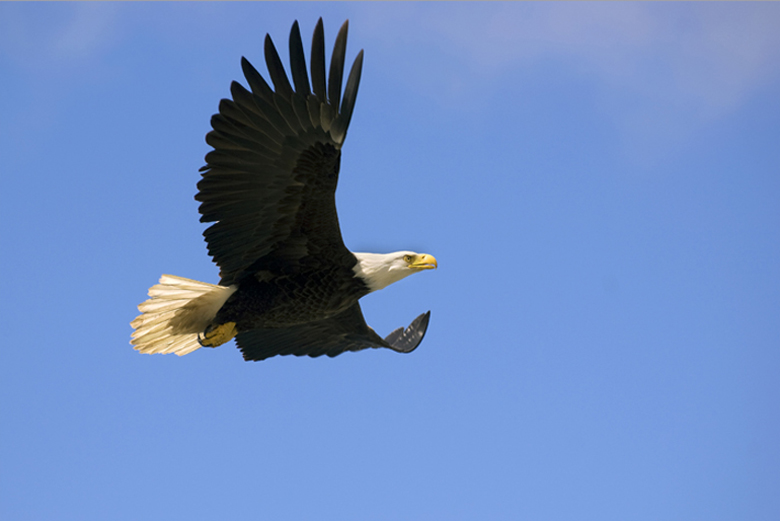
We humans cannot help but empathize with our fellow creatures. We share thousands of years of history, of depending on plants and animals for our very survival. And we share the miracle of life itself, those common threads of DNA and consciousness. Therefore we feel a powerful sense of loss when a life-form vanishes forever. The world is suddenly a tad more lonely, the foundations of our own existence a little more fragile.
With the new environmental consciousness of the mid 20th century people began to take notice of the plight of threatened species. The United States has lost an estimated 630 of them since Columbus changed America from a land of natives to one of Europeans. In the turbulent Sixties this was no longer acceptable. Save the whales! Save the eagles! In fact Save the World! became the new rallying cry of an energetic and rebellious youth. And they got results.
Earlier in the century the bison and the egret had been snatched from the jaws of oblivion. It was a clarion call to action. Species could be saved, if only we cared. Turns out we did.
In 1973, in an hour of sweeping vision, congress passed a ground-breaking piece of legislation that amounted, in effect, to a Bill of Rights for other species. Nothing like this had ever been tried before, here, there, or anywhere. The United States of America put the rest of the world on notice-we did care after all. The Endangered Species Act was based on the notion that any species might ultimately prove beneficial to mankind. But it went further. It advanced the radical idea that species had a right to exist for their own sake. This nation was bound by law to protect species threatened with extincion even if sacrifice was required on our part. In the 40 years hence the average yearly sacrifice per taxpayer, per year, has been 10 cents. Perhaps the best dime ever spent.
The most notable beneficiary of the ESA has been the American bald eagle, threatened in the lower 48 states by hunting, habitat loss, and the pesticide DDT. A bounty led to the shooting of more than 100,000 eagles. With the banning of DDT and hunting, populations have gradually recovered.